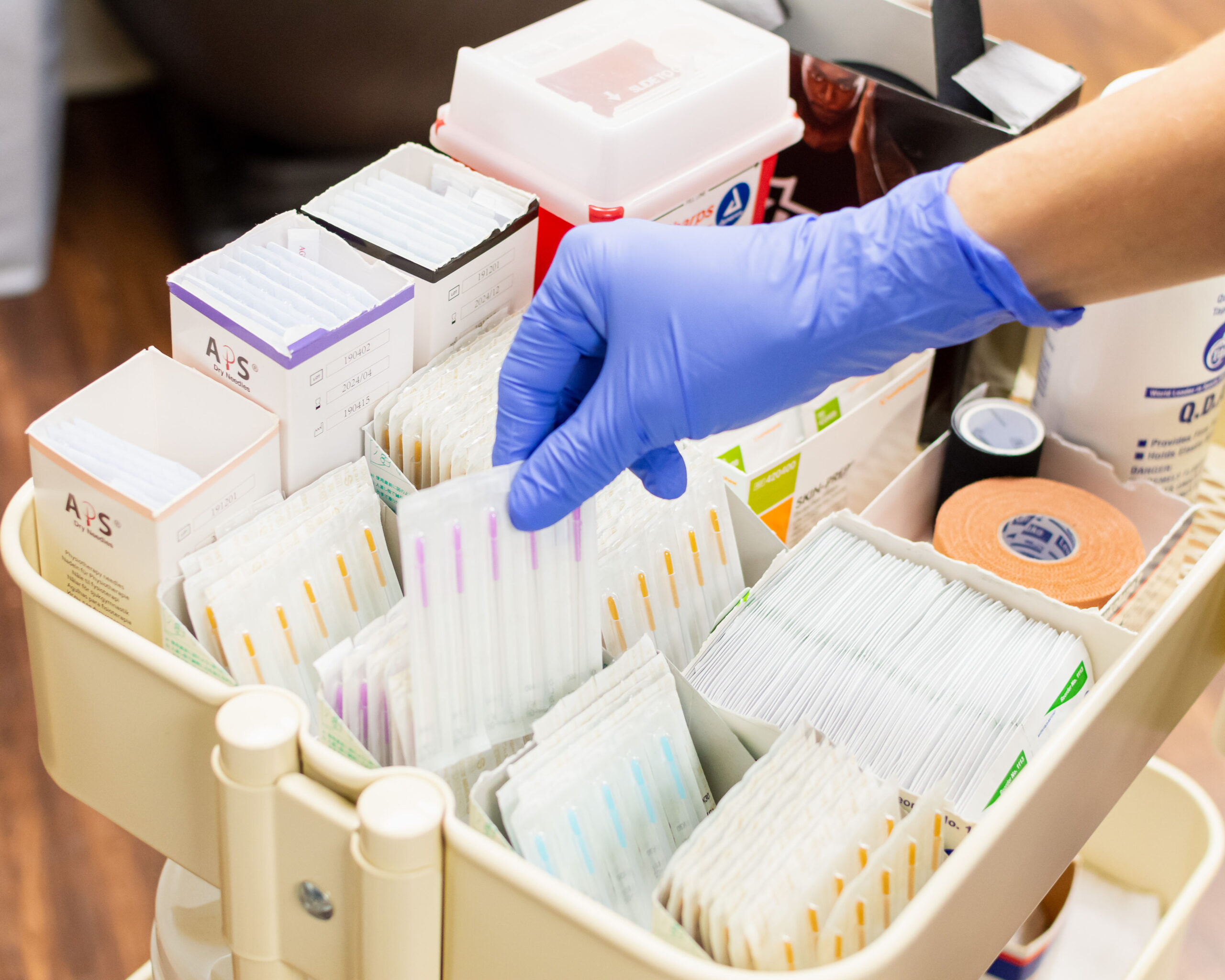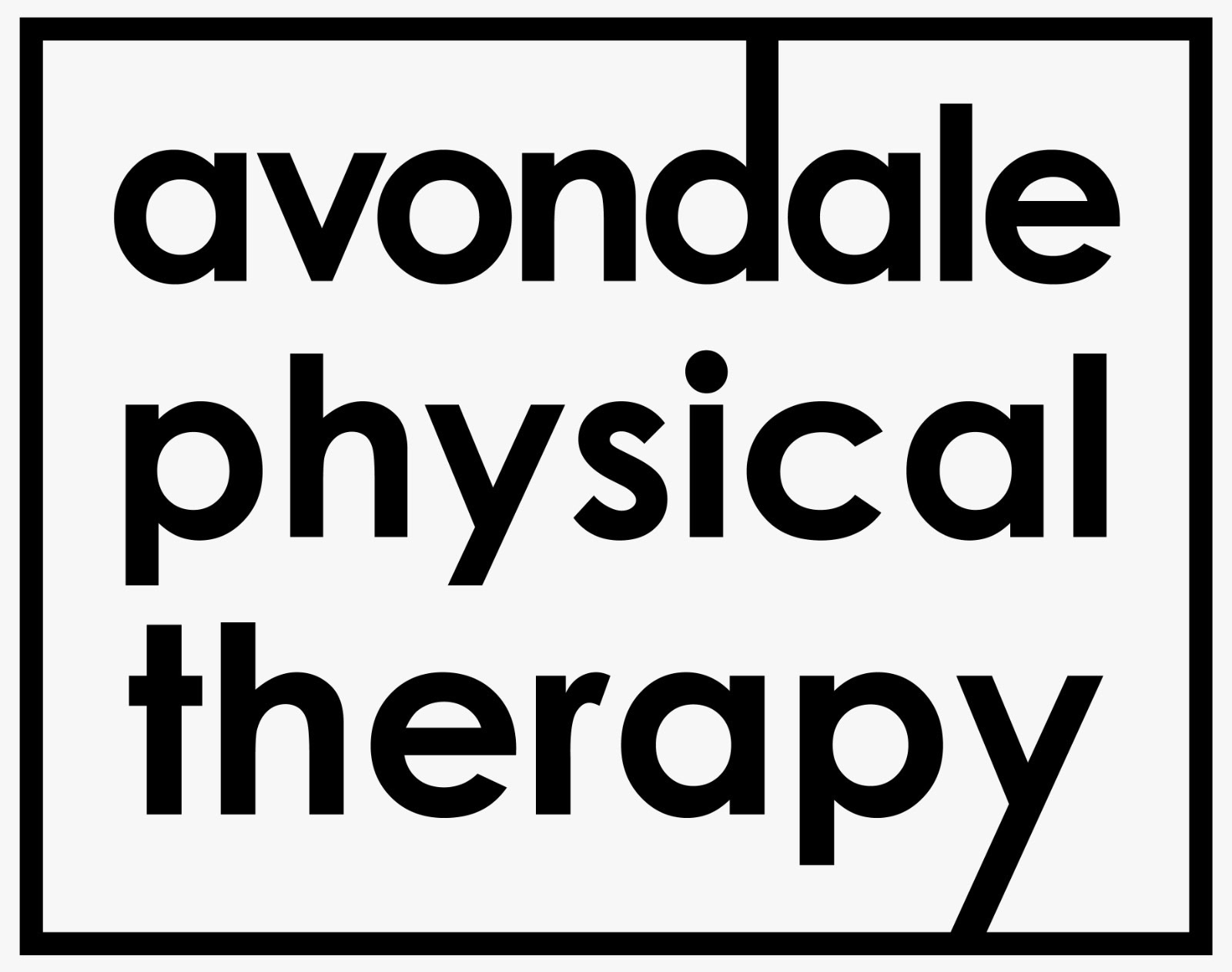What is Dry Needling?
When can you expect to see results?
Relief from dry needling can often be felt immediately, with many patients noticing improvement within the same session. The frequency of treatments needed depends on your specific diagnosis and how long you have been experiencing pain. For long-standing issues, additional sessions may be necessary to fully address all trigger points and relieve pain.

Does dry needling hurt?
The pain felt from Dry Needling is typically described as the “feel good pain”, the same type of pain reproduced during a deep tissue massage or foam rolling. It can also be uncomfortable as your muscles can involuntarily twitch, but this means that the trigger point is releasing lactic acid and other toxins.
The pain caused from Dry Needling is a deep aching pain, and it might cause some muscle soreness later on. Our patients typically report that the pain from Dry Needling is far less than the pain they have been experiencing, and they feel a relief from their pain afterwards.
Who benefits from dry needling?
Dry needling is effective for both recent injuries and ongoing pain issues. It is particularly useful for individuals experiencing muscle cramps or strains, sports-related injuries, overuse injuries, neck or lower back pain (especially post-accident), and fibromyalgia. It can also address conditions like rotator cuff syndrome, hip or shoulder bursitis, knee pain, tennis or golfer’s elbow, and plantar fasciitis. Our physical therapists will conduct a thorough evaluation and ask specific questions to assess whether dry needling should be part of your treatment plan.
Relief from dry needling can often be felt right away, with many patients noticing improvements during the same session. The number of treatments required varies based on your diagnosis and the duration of your pain. For chronic conditions, additional sessions may be necessary to fully address all trigger points and alleviate discomfort.



